By Orçun Göktürk – Beijing, China
For the average person living in the West, Chinese politics seems complicated because Chinese democracy is judged according to Western stereotypes. But China’s top legislative organs, the National People’s Congress (NPC) and the Chinese People’s Political Consultative Conference (CPPCC), hold their annual meetings in Beijing after the Chinese New Year, symbolizing China’s whole-process ‘people’s democracy’. In the meetings, which take their meaning from the Chinese term “liǎng huì” (两会), meaning “Two Sessions”, more than 5,000 people’s delegates representing the people of China, from the villages to the major metropolitan cities, participate in the legislative process and decision-making mechanism related to the country’s governance in Beijing for 9 days.
What Is the Difference Between the Two Organs?
The meetings, which usually last 9 days, will last a week this year (1). According to the Chinese constitution, the legislative NPC is the highest organ of state power. It includes nearly 3,000 members of parliament. In its sessions, the NPC will approve thousands of pieces of legislation on a variety of issues, decide on personnel changes and approve this year’s government budget.
New Premier Li Qiang opened the session with this year’s first government “work report”, which sets out the Communist Party’s growth target and economic strategy, as well as foreign policy views.
The meetings will also focus on various political appointments, reviewing the work reports of the Ministry of Finance and the National Development and Reform Commission, and in particular the 2024 plan. The 14th Five-Year Plan, announced in 2021, will also be examined in detail.
The CPPCC, on the other hand, brings together more than 2,000 delegates from across China, including politicians, public figures and public leaders, and functions as a political advisory body that functions more as an effort to deepen public relations as part of China’s “people’s democracy”. The Political Consultative Conference, which is often seen in the public as part of the “United Front” effort, does not necessarily have to be CPC members. There are also participants from 8 other political parties in China. Members of the CPPCC include leaders in technology, the arts, media, and leaders from the semi-autonomous Hong Kong and Macau. Bringing together business leaders, public figures, celebrities and other influential people from outside the party elite as delegates is intended to demonstrate engagement with the wider society. Previous delegates have included NBA star Yao Ming and actress Gong Li, for example.
Economic Challenges on The Agenda
The decisive item on the agenda of the meetings is the economy. Other prominent agenda items are falling birth rates, various regulations on artificial intelligence, and reducing foreign dependence on critical technology products (chips, etc.) and increasing national production. Neil Thomas, a China expert at the Asia Society Policy Institute, emphasized to CNN International that “China’s state-led economic development strategy will continue under Xi’s leadership” (2).
As mentioned, the economy is the main agenda. On January 8, 2023, China almost completely lifted restrictions related to the pandemic. Although more than 1 year has passed, the economic recovery expected after Covid-19 has not yet fully materialized. There are serious problems, especially in terms of youth employment. Youth unemployment rates in China fell to 14.9 percent in January 2024, but had exceeded 20 percent at the beginning of last year. In terms of investors, it can be said that the market loss continues. Small businesses continue to need state support to survive.
In the housing sector, the depression continues. The construction sector is the backbone of the Chinese economic model. According to data from China’s National Bureau of Statistics, in December 2023, new house prices fell at the sharpest slowdown in 9 years (3). In a weak demand environment, construction companies, already burdened by debt, are having difficulty undertaking new projects and are struggling to complete existing ones.
China posted an economic growth of 5.2 percent in 2023. When we look at the details, Chinese export figures decreased for the first time after 2016 compared to the previous year. Exports of 3.38 trillion dollars in 2023 indicate an annual contraction of 4.6 percent. This, of course, is due to Xi Jinping’s sloganized strategy of “high quality development”, in which “increasing domestic demand” and changing the “export-oriented economic model” are at the forefront of Chinese economic policies. In an environment of declining exports, the strategy of relying on domestic demand for economic growth seems to be working well. Domestic demand as a percentage of Chinese GDP has doubled in the last year (4). On the external front, the ongoing trade and geopolitical tensions with the US, the war in Ukraine, and Yemen’s response to Israel’s inhumane attacks in Palestine in the Red Sea have had an impact on world trade.
‘Resisting External Pressures, Overcoming Internal Challenges’
The introduction to the government report (5) presented by Premier Li Qiang at the opening session of the ILC emphasized geopolitics. “We have faced an extremely complex international environment,” Li said, summarizing the period that began with the COVID-19 pandemic, and emphasizing “our challenging tasks of reform, development and stability, which have led us to resist external pressures, overcome domestic challenges and make arduous efforts.” Regarding the South China Sea and the Taiwan issue, the determination for “reunification” was emphasized and “Taiwan’s independence and opposition to foreign interference” were among the top priorities in the government report. On the Hong Kong issue, Premier Li said that the principle of “patriots’ rule of Hong Kong” should be strictly implemented.
Afterwards, Premier Li summarized the previous period economically and announced that the economic growth target for 2024 is 5 percent. The editorial in the English version of the People’s Daily, the main organ of the CPC, emphasized that “with a target of 5 percent, we will continue to play a vital role in the world economy” and commented that “China’s contribution to world economic growth is expected to continue to exceed 30 percent, making it the biggest driver of the global economy.”
‘The Military’s Capability to Be Ready for War’
Outside the 5 percent economic growth target, defense spending is expected to increase by 7.2 percent. This is less than 1.5 percent of China’s GDP. Nevertheless, in the government’s annual work report, Premier Li said for the first time that Beijing would “enhance its preparedness for a possible war by improving the military’s war readiness capability and reserves, the part of the military responsible for defense operations.” Based on this, we can make the following interpretation: while China’s military budget is still lower than that of the United States and its allies relative to their national income, the lessons of the war in Ukraine have led to increased efforts to improve the military’s mobilization capability and training of reservists to be called up in the event of war.
Partial Increase in Public Spending
Public security spending is expected to increase by 1.4 percent and central government spending by 8.6 percent. It also aims to create over 12 million new jobs in urban areas. At the end of the government report presentation, Li said that the targets “will not be easy” but “high-quality development” will remain a priority. China also kept its budget deficit at last year’s 3 percent target. In addition, it announced that it will issue “long-term special treasury bonds” starting this year and every few years in the next few years to “systematically address the funding shortage faced by major projects,” according to the work report.
AI and Chip Technology
Details on “artificial intelligence”, “renewable energy” and “microchip production”, which are other prominent topics on the agenda, will be revealed in the ongoing agenda of the meetings. China will increase its self-reliance strategy in critical technologies due to the recent US sanctions against it. The government report emphasized the launch of the “Artificial Intelligence + initiative” and the “development of pioneering technological research”. According to the budget report, the central government will increase R&D spending by 10 percent this year. China already contributes more than 30 percent to world economic growth. In this context, promoting and expanding innovation for productive forces is critical to continue improving the productivity of the Chinese economy. Pursuing an innovation-driven development strategy will also be an important experience for developing countries.
Beijing’s budget focus on technology, education, national defense and agriculture is in line with current moves to fend off external shocks and increase strategic investment.
Footnotes
(2) Simone McCarthy, CNN, March 4, 2024, https://edition.cnn.com/2024/03/04/china/china-two-sessions-xi-jinping-economic-challenges-intl-hnk/index.html
(5)https://npcobserver.com/wp-content/uploads/2024/03/2024-Government-Work-Report_ZH.pdf







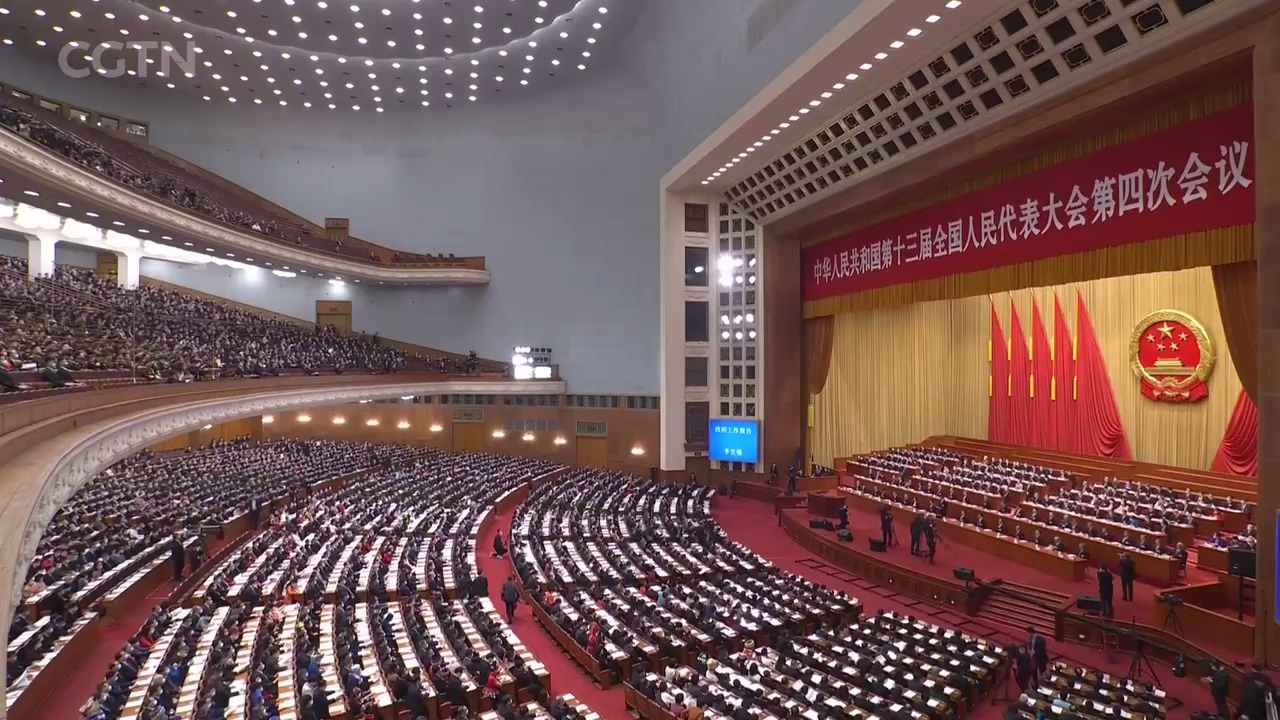

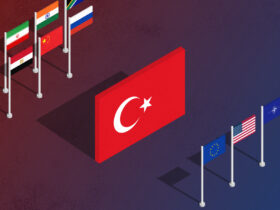

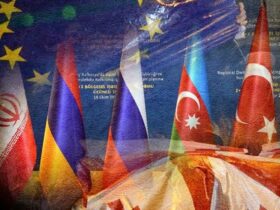

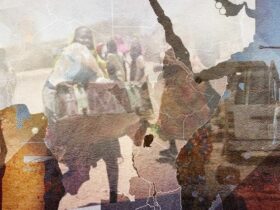

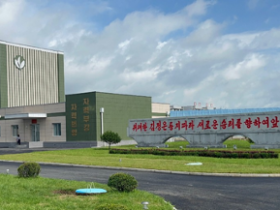

Leave a Reply